Ref : 0740
A good French violin, probably by the firm of
Laberte Humbert Frères
Mirecourt, circa 1890
This is a beautiful violin, reflecting the most refined craftsmanship and attention to detail throughout. Not only are the materials attractive, but the attention to detail in the purfling, the mitres and just about every other aspect of good lutherie leave little to be improved on. The fs are beautifully crafted, crisp sharp work, elegant and balanced and with nicely fluted palettes. It follows the Stradivari model - beautifully outlined and elegantly proportioned.Furthermore, this violin has one of the most impeccable neck grafts I have ever seen - virtually invisible, and almost certainly the work of the Hill workshop. Why it should have a neck graft is not clear, as this is not a very old violin, dating from around 1890.
The two-piece back, ribs and scroll are of nicely flamed maple, with a distinct medium curl - very attractive. The top is of surprisingly open-grained tone spruce. The purfling itself is of excellent quality - none of the cheap stained-wood types or fractured white central strips, but rather throughout of solid ebony and maple, beautifully traced into superb mitres. It is in superb condition, free from repairs or cracks.
This violin is unlabelled, but a registration number stamped into the end of the fingerboard, indicates that it was either sold through the firm of W. E. Hill & Sons, or repaired by them. The Hill records associated with that number confirmed my initial impression, that it is French, and that it was made in Mirecourt around 1890. Further photographic comparisons suggest that it probably is by the firm of Laberte Humbert Frères - established already in 1790 and with a solid reputation for consistently impeccable workmanship, reaching its Zenith under Marc Laberte in the 1920s.
This violin has tone to match its good looks - clear and strong, with penetration and openness. It is a pleasure to play on, as much as it is to look at.
 |
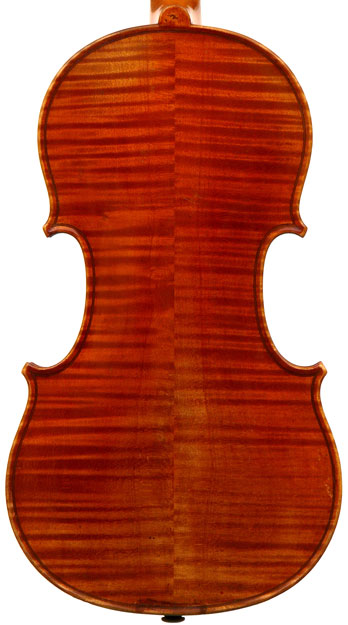 |
 |
||
 |
Dimensions : Back length: 35.7 cm. Stradivari model
Condition : Excellent. No repairs or cracks anywhere. Superb neck graft, probably by the Hill studio.
Provenance : This violin may originally have been sold by W. E. Hill & Sons. Later ownership unknown. It is now owned by Johan Grobbelaar.
Price : This violin has been sold for an undisclosed amount.
 |
 |
 |
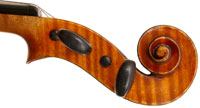 |
 |
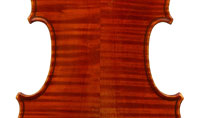 |
 |
 |
 |
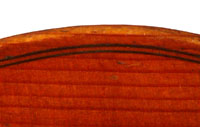 |
 |
 |
|||||
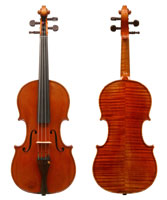 |
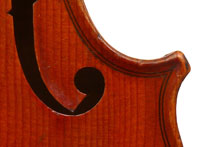 |
 |